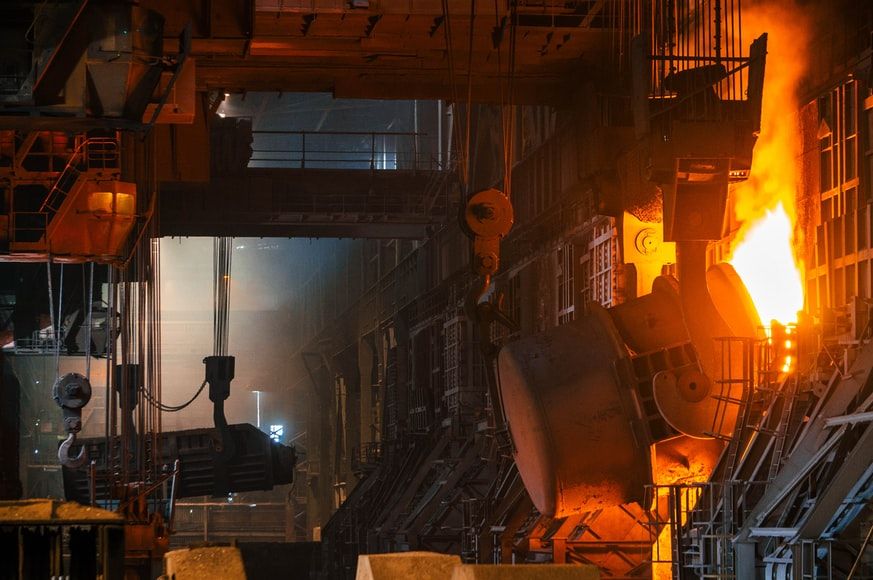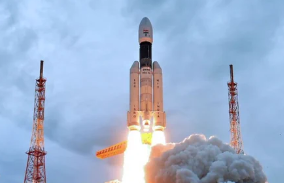Ahead of the Union Budget
2022-23, the Indian Steel Association (ISA), the industry body of steel
manufacturers of the country, has submitted its pre-budget recommendations to
the finance minister. The industry body wants the government to reduce and
rationalize various duties and introduce policy measures to boost growth
of the industry and help create a level-playing field for domestic
manufacturers.
Also Read | Budget 2022: Salaried class expects revision in tax slab, section 80C limit
The ISA urged the
government to reduce the basic customs duty on coking coal, SS scrap and nickel
to nil from the current 1% plus 1.5% agriculture cess since the availability of
these raw materials is low.
It has also demanded the
inclusion of petrol, oil, lubricants and natural gas in the goods and services
tax (GST). Steel companies are unable to avail of any input credit against
these materials, as these are not under the purview of GST.
Also Read | Budget 2022: Realtors eye home loan tax sops, industry status
ISA also recommended
waiver of the coal cess or refund of input tax credit (ITC) on GST compensation
cess of Rs 400 per tonne of coal consumed for domestic steel sales. It says
that a waiver or refund would help reduce the input cost and prices.
Finance Minister
Nirmala Sitharaman will present the Union Budget 2022 in Parliament on February
1 at 11 am. Previously, the budget was presented on the last working day of
February, and former Finance Minister Arun Jaitely changed that tradition.
Also Read | Budget 2022: Policies expected for the financial services industry
The Budget, also
known as the annual financial statement, is an account of the government’s
estimated receipts and expenditures for the fiscal year which runs from April 1
to March 31. According to Article 112 of the Constitution, a budget must be
approved by Parliament.
Also Read | Budget 2022: Ficci seeks separate tax sop for home loan repayments
The budget is
divided into two parts: the revenue budget and the capital budget. The revenue
budget consists of revenue receipts and expenditures. The capital budget
includes the government’s capital receipts and payments.







